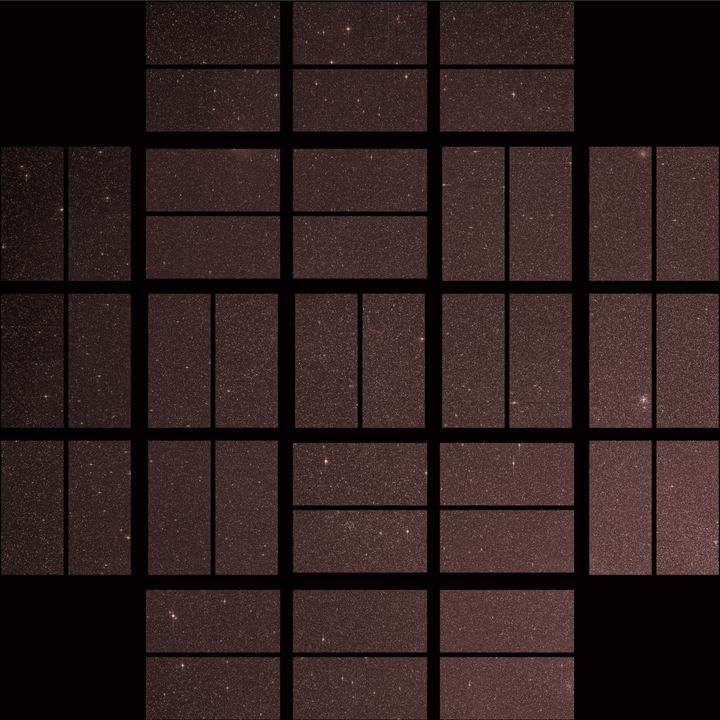NASA has revealed that by utilising Google’s artificial intelligence researchers have discovered the first known solar system with as many planets as our own.
Using a system called machine learning, Christopher Shallue a senior software engineer at Google AI was able to effectively teach a computer to look through the vast amounts of data collected by NASA’s Kepler space telescope and then identify a planet.
In this instance the computer was able to discover a brand-new planet called Kepler-90i. This increased the number of known planets in the Kepler 90 system to eight bringing it level only to our own solar system for having the most number of known planets.

The discovery confirms that sadly, our solar system is not as unique as we think and that stars are more than capable of supporting large numbers of planets.
Andrew Vanderburg, astronomer and NASA Sagan Postdoctoral Fellow at The University of Texas, Austin believes that this could in fact just be the start for finding more planets in the Kepler 90 system.
“It’s very possible that Kepler-90 has even more planets that we just don’t know about.” he explained.
“In fact it would be surprising if there weren’t anymore planets.”
NASA believes that Kepler-90i is a smallish rocky planet that orbits its host star in just 14.4 days.
Unfortunately it’s not a planet you would want to visit either with temperatures reaching a scorching 800-degrees on the surface.
What’s really incredible about Kepler-90 as a system though is how all its planets are aligned with the star.
“The Kepler-90 star system is like a mini version of our solar system. You have small planets inside and big planets outside, but everything is scrunched in much closer,” said Vanderburg, a NASA Sagan Postdoctoral Fellow and astronomer at the University of Texas at Austin.
How does Kepler discover new planets?
Despite being one of the most advanced pieces of equipment in space, Kepler’s ability to discover new planets stems from a remarkably simple trick.
When we look towards a star system we have the potential to glimpse something known as a transit. This is when any planet orbiting the star passes in front of it from our point of view.

By constantly monitoring a region of space every few hours, Kepler is able to detect the minuscule drop in light from a single star as a planet passes in front of it.
What’s perhaps even more remarkable is that just by looking at this data scientists can determine its size, distance from the star and even some basic information about its composition and atmosphere.
Kepler has been so successful at capturing these transits that many of the new discoveries we’ve made by trawling through the vast quantities of data that Kepler has captured in the past.
How did Google’s AI discover a new planet?
Well as mentioned above we know that we can find planets by looking at dips of light coming from stars.
Unfortunately for humans Kepler has looked at over 200,000 stars which means there is a frankly staggering amount of information to sort through.
As such humans can only process so much information which meant that more often than not our planetary discoveries were made only by looking at the most visible dips of light.
Shallue realised that much in the same way that he could teach a computer to learn the difference between cats and dogs he could teach it to notice the difference between something that wasn’t a planet and something that was.
“In my spare time, I started googling for ‘finding exoplanets with large data sets’ and found out about the Kepler mission and the huge data set available,” said Shallue. “Machine learning really shines in situations where there is so much data that humans can’t search it for themselves.”
Using machine learning he ‘fed’ the computer some 15,000 samples of what we knew to be planets. The computer used these 15,000 samples to effectively teach itself how to work out when a dip is a planet and when it isn’t.
Having tested that his software could identify a planet with around 96% accuracy he started feeding it actual data collected by Kepler that hadn’t yet been seen.
What it found was Kepler-90i.
What’s next?
It’s a testament to the sheer amount of data that Kepler was able to collect which means that even now after its mission has ended we are still making major discoveries like this one.
Now that Google’s engineers have shown how machine learning can have a positive impact on the search for new planets Shallue intends to start putting it to work on the entire Kepler dataset.
“These results demonstrate the enduring value of Kepler’s mission,” said Jessie Dotson, Kepler’s project scientist at NASA’s Ames Research Center in California’s Silicon Valley.
“New ways of looking at the data – such as this early-stage research to apply machine learning algorithms – promises to continue to yield significant advances in our understanding of planetary systems around other stars. I’m sure there are more firsts in the data waiting for people to find them.”
